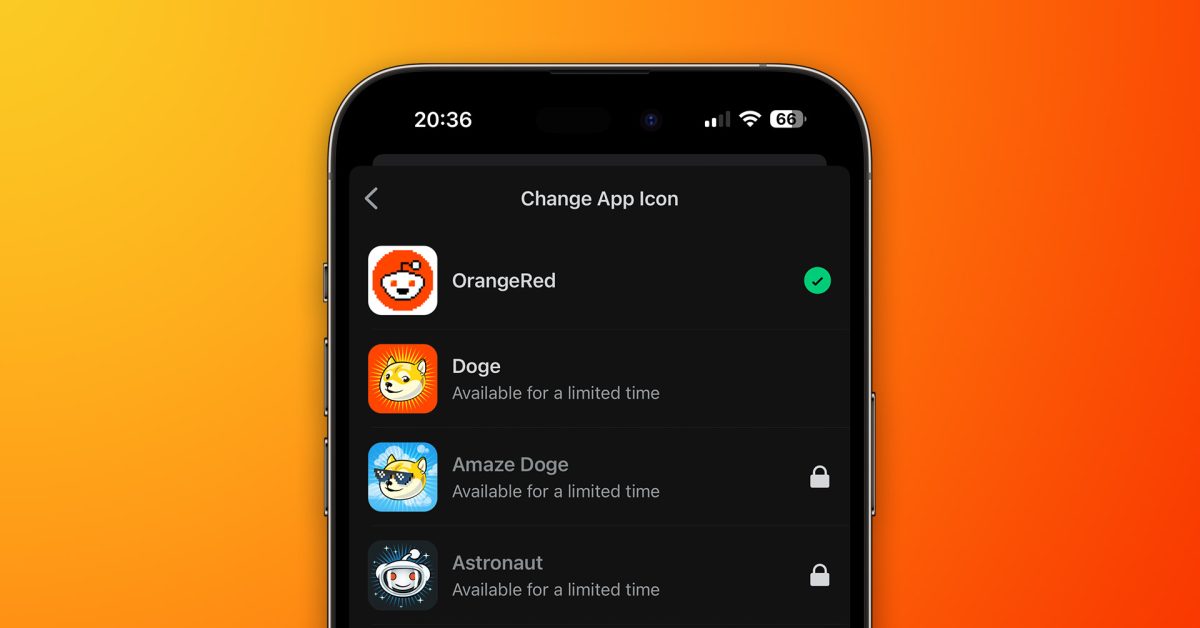- 7 Posts
- 11 Comments

 2·1 year ago
2·1 year ago/c/titlegore

 1·1 year ago
1·1 year agoYou would need to set up routes on these other devices to tell them that VPN devices can be reached through the Pi. It’s possible, but I’ve never done it myself, so I don’t have any useful pointers.
 711·1 year ago
711·1 year agoYou can’t change icons from the system/launcher settings. Individual apps can offer icon options, but they are internal to the app.

 3·1 year ago
3·1 year agoUse opusenc directly. It preserves covers and the CLI is literally
opusenc --bitrate B INPUT OUTPUT.

 0·1 year ago
0·1 year agoYouTube has been ok for me in Firefox, but other Google apps, in particular Docs/Sheets, always become very laggy after a few minutes. When this happens, it seems to affect the rest of the browser too, so other tabs that I have open slow down as well.

 2·1 year ago
2·1 year agoNot surprising. The quality of their articles is usually mediocre at best. I occasionally look at their RSS feed and most of what I see is “How do I achieve <trivial task>”–style posts.

 4·1 year ago
4·1 year agoYes. All devices connected to the VPN will have a private IP inside the virtual network. You can use these to communicate as though they were public IPs, except that they can’t be used from outside the VPN.

 6·1 year ago
6·1 year agoYes, you can connect the device behind CGNAT to your existing VPN as a client. Then, from inside the VPN, you would use the its virtual address to connect to it. You can use a systemd service or similar to have the VPN connect at boot.

 2·1 year ago
2·1 year agoThere is also an other approach: encode your media a priori into a format that you can play direct, and then you don’t have to worry about transcoding performance. The advantage of this is that you can likely get better quality encodes.

 1·1 year ago
1·1 year agodeleted by creator
The developer has just announced that Relay will continue to function and will switch to a subscription model, so there probably won’t be a Relay for Lemmy, unfortunately :(







Yes, I think that’s it. Their website really don’t make it easy to figure out…